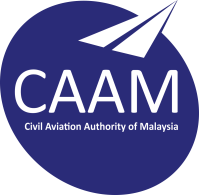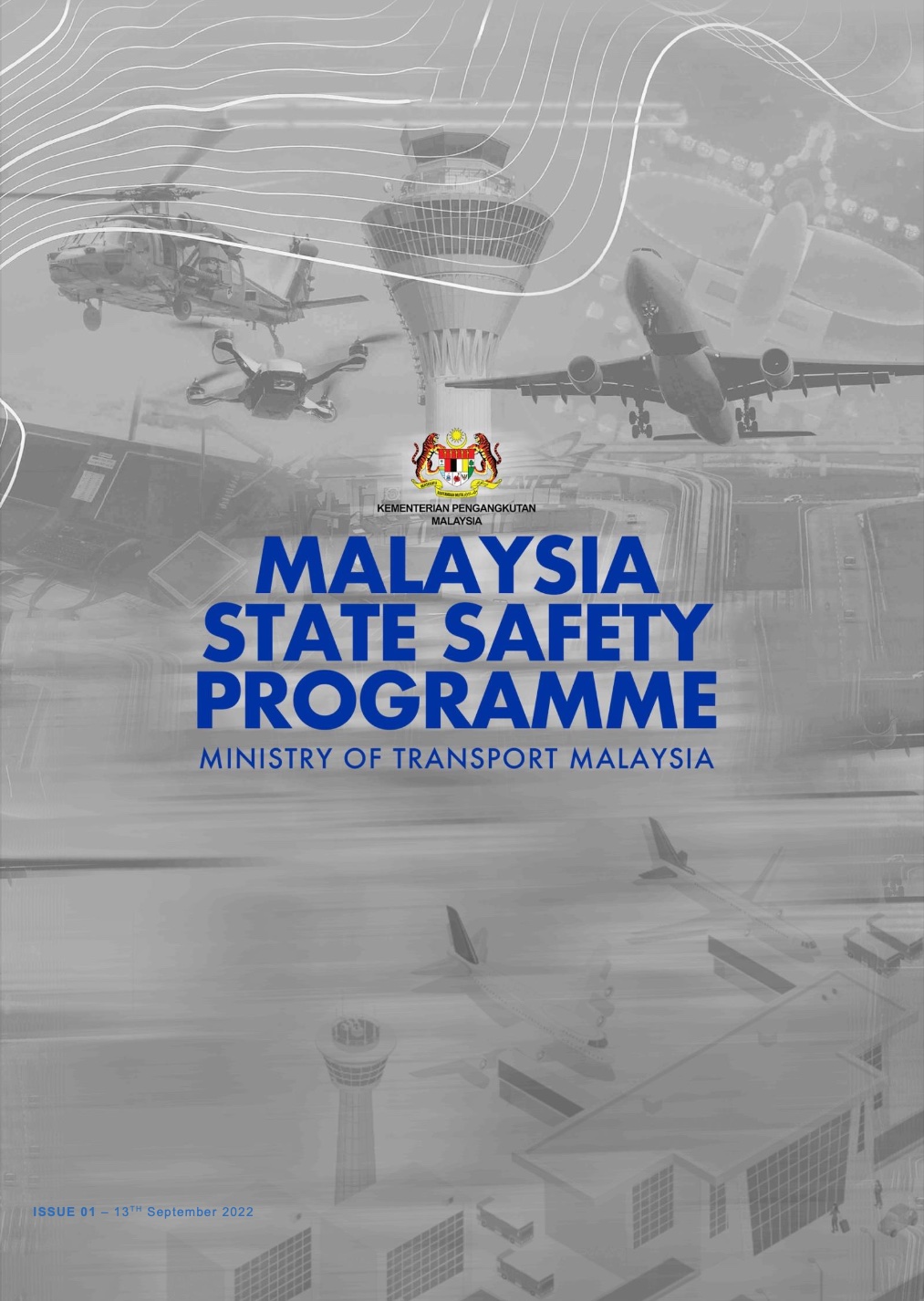CAAM Aviation Reporting System - CAReS
Occurrence reporting helps improve aviation safety by ensuring that relevant safety information is reported, collected, stored, protected, exchanged, disseminated and analysed. It’s not to attribute blame or liability but supports continues learning to make aviation safer
Aviation Safety Reporting
Aviation safety reporting systems used in aviation to help identify potential hazards, risks and incidents. Occurrence reporting helps improve aviation safety by ensuring that releavant safety information is reported, collected, stored, protected, exchanged, disseminated and analysed. It’s not to attributes blame or liability but supports continues learning to make flying safer
Reportable Occurrence
Reportable occurrence must be reported in accordance with MCAR 2016 & CAD 1900.
Reportable occurrence means:
a) An incident relating to an aircraft or any defect in or malfunctioning of an aircraft or any part or equipment of the aircraft, being an incident, malfunctioning or defect endangering or which if not corrected would endanger the aircraft, its occupants or any other person; or
b) Any defect in or malfunctioning of any facility on the ground used or intended to be used for the purposes of or in connection with the operation of an aircraft, being a defect or malfunctioning endangering, or which, or if not corrected would endanger the aircraft or its occupants
Occurrence Definition
The term occurrence means any event that occurs within Malaysia or any event involving aircraft registered in Malaysia.
Identifying threats and vulnerabilities in the aviation security system;
Informing the entity to update their risk assessment and changes thereto;
Informing location specific and national risk assessment and changes thereto;
Monitoring of trends and patterns in aviation security;
Analyzing root causes and causal/contributing factors of security occurrences or incidents;
Reinforcing relevant information sharing between authorities and industry stakeholders for
enhancing respective risk assessments; and
Bolstering the security culture among all aviation stakeholders.
Mandatory Occurrence Report (MOR)
Accidents, serious incidents and occurrences in the civil aviation accordance to MCAR 2016 & CAD 1900
Voluntary Report (VOR)
Occurrence not captured by the MOR other safety related information which is perceived by the reporter as an actual or potential hazard to aviation safety
Mandatory Occurrence Report (MOR)
a) a person who carries on the business of manufacturing a turbine-powered aircraft, a commercial air transport aeroplane or a public transport aircraft, or any equipment or part of such an aircraft, in Malaysia
b) a person who carries on the business of maintaining or modifying a turbine- powered aircraft, which has a certificate of airworthiness issued by CAAM, and a person who carries on the business of maintaining or modifying any equipment or part of such an aircraft;
c) the owner, operator or PIC of a Malaysian aircraft used in any commercial air transport operations, general aviation operations or aerial work;
d) a person who carries on the business of maintaining or modifying an aircraft, operated under Malaysian Air Operator Certificate (AOC) granted by CAAM, and a person who carries on the business of maintaining or modifying any equipment or part of such an aircraft
e) a person who signs an airworthiness review certificate, or a certificate of release to service for a turbine-powered aircraft, which has a certificate of airworthiness issued by CAAM, and a person who signs an airworthiness review certificate or a certificate of release to service for any equipment or part of such an aircraft;
f) a person who signs an airworthiness review certificate or a certificate of release to service for an aircraft operated under Malaysian AOC granted by CAAM, and a person who signs an airworthiness review certificate or a certificate of release to service for any equipment or part of such an aircraft;
g) a person who performs a function which requires him to be authorised by CAAM as an air traffic controller or as a flight information service officer;
h) a licensee or manager of a licensed aerodrome or a manager of an airport
i) a person who performs a function concerning the installation, modification, maintenance, repair, overhaul, flight-checking or inspection of air navigation facilities which are utilized by a person who provides an air traffic control service under an approval issued by CAAM; and
j) A person who performs a function concerning the ground-handling of aircraft, including fuelling, servicing, loadsheet preparation, loading, de-icing and towing at an airport.
However, CAAM encourages the use of company reporting systems, with a responsible person(s) within the organisation being nominated to receive all reports and to establish which reports meet the desired criteria for an occurrence report to CAAM.
Individuals may submit an occurrence report directly to CAAM, but in the interest of flight safety they are strongly advised also to notify their employers, preferably by a copy of the report, unless confidentiality is considered essential.
Voluntary Occurrence Report (VOR)
Confidentiality
Occurrence reports are treated confidentiality to maintain full and free reporting and protect the identity of the individual.
Click here to view the reporting manual
Safety Reporting
Safety reporting is the prevention of accidents and incidents and not to attribute blame or liability.
It is of great importance to the success of the Safety Reporting System that the reporters keep firmly in mind the concept of 'endangering' or 'potentially endangering', when deciding whether or not to submit a report.
Safety Reporting System is a methodology of reporting specified in the Civil Aviation Regulations 2016 to confidentially report any reportable events in the interest of improving aviation safety by ensuring that relevant information on safety is reported, collected, stored, investigated, analysed, protected and disseminated while protecting the identity of persons or organisations involved.
In this safety reporting system, the term occurrence means any event that occurs within Malaysia or any event involving aircraft registered in Malaysia.
The primary objective of occurrence reporting is to monitor, disseminate and record for analysis, critical or potentially critical safety occurrences.
The existence of the system is to achieve the above objective and is not intended to replace or reduce the duties and responsibilities of all organisations and personnel within the aviation industry. The primary responsibility for safety rests with the management of the organisations involved (manufacturers, operators, maintenance organisations etc). CAAM’s responsibility is to provide the regulatory framework within which the industry must work and thereafter to monitor performance to be satisfied that required standards are set and maintained. The Safety Reporting System is an established part of CAAM’s monitoring function and is complementary to the normal day-to-day procedures and systems.
There are several different types of safety reporting systems in use in the aviation industry, including:
- Mandatory reporting systems, which require organizations to report certain safety incidents, near misses, and hazards to regulatory authorities
- Voluntary reporting systems, which allow organizations to report safety incidents, near misses, and hazards on a voluntary basis
- Confidential reporting systems, which allow individuals to report safety incidents, near misses, and hazards without fear of retribution
To be effective, safety reporting systems must be simple, user-friendly, and accessible to all members of an organization. They should also protect the confidentiality of reporters and provide them with feedback on the actions taken in response to their reports.
State Safety Programme
Aviation safety is paramount to the sustainability of international aviation
The International Civil Aviation Organisation (ICAO) requires a State that is a signatory to the Convention on International Civil Aviation (also known as the Chicago Convention) to have an SSP. This Malaysian Safety Programme (MSP) spells out Malaysia’s implementation of the State Safety Programme (SSP), which is an integrated set of regulations and activities aimed at improving safety
Civil Aviation Authority Malaysia promotes and regulates the safety of civil aviation in Malaysia. AAIB supports CAAM in the management of safety in Malaysia in the scope of air accident investigations. We are committed to developing and implementing effective strategies, regulatory frameworks and processes to ensure that civil aviation activities under our responsibilities achieve the highest practicable level of safety.
Within 15 years, Malaysia will put in place increasingly effective, robust and eventually more sophisticated safety oversight system to achieve zero fatalities in scheduled commercial operations. The safety priorities support this aspirational goal which identifies safety-related challenges and the prioritisation of areas that require action to enhance safety in Malaysia.



